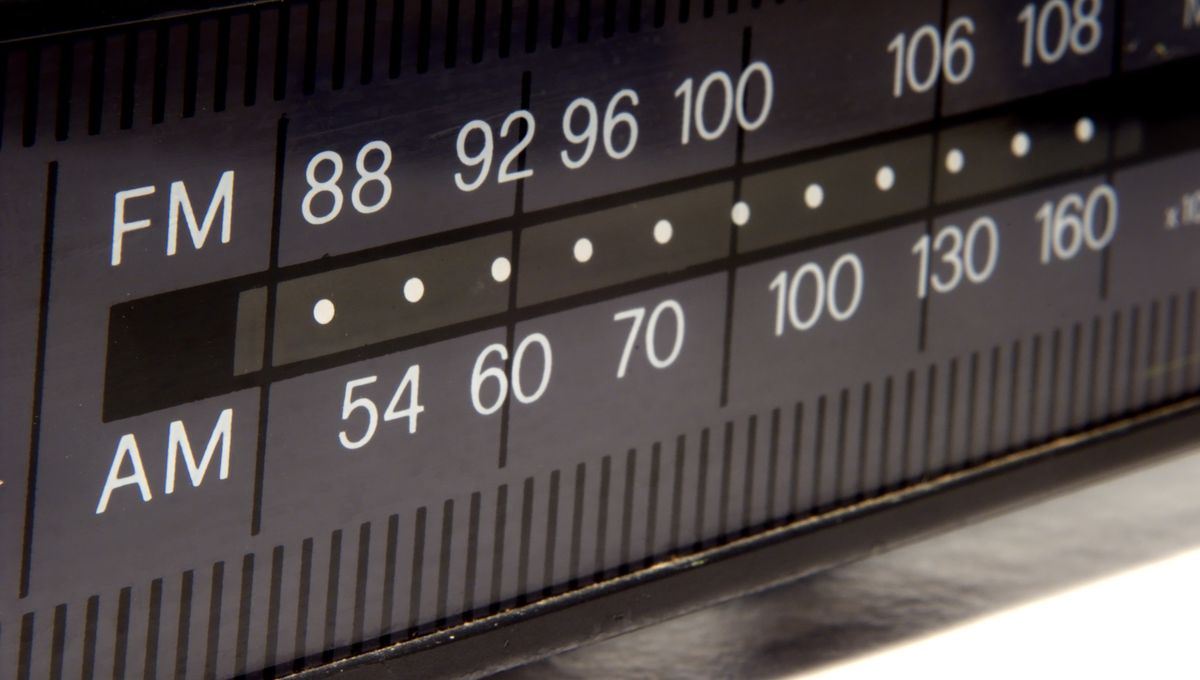
With the advent of mobile phones and easy access to digital broadcasts, long gone are the days of twiddling about with your radio and giving yourself a jumpscare when you accidentally switch from FM to AM (RIP to any headphone users who did this with their portable radio). But what’s actually the difference between the two?
How does radio work?
To understand the difference between AM and FM, it’s first important to know how radio stations – which still use traditional broadcasting methods – get the music to our stereos.
Stations start off with a carrier signal, and electromagnetic wave – in this case, a radio wave – that has a constant frequency and amplitude. When they play a song or the presenter reads out the weather forecast, for example, that information is encoded into the carrier wave by changing those variables.
This newly mixed signal is then sent out by those big transmitters you see attached to radio stations, and then picked up by the receiver on a radio, which decodes the information using a demodulator and converts it into sound waves.
What’s the difference?
AM stands for amplitude modulation, which gives you a hint as to how it works. The amplitude is the height of a wave, and for stations that use AM broadcasting, they alter the amplitude of the carrier wave in order to encode information.
FM, on the other hand, stands for frequency modulation, and as you might be able to guess at this point, in this case stations adjust the frequency of the carrier wave.
AM vs. FM
Both AM and FM are still used to this day, but is one better than the other?
AM has one pretty significant issue that can deter people from using it. Lots of other sources produce radio waves similar to that of AM, like power lines, lightning, and even the Sun. Waves can interfere with each other and in this case, the other sources can interfere with the carrier signal and also modulate the amplitude.
The result of this is our radios blasting out a bunch of static, hence getting the living daylight scared out of you when you switch the radio to AM out of curiosity.
Listening to a FM radio station, however, tends to be far crisper experience; because the information is encoded by changes in frequency, a little bit of amplitude-changing interference doesn’t really make a difference to the end product. Having a greater bandwidth to choose from also helps.
So if that’s the case, why on Earth do people still use AM radio?
The answer is that, because it has longer wavelengths, it has a far greater broadcast range than FM and can penetrate even in building-dense areas. Radio is about more than just music – AM’s ability to reach far and wide can come in pretty handy in the case of broadcasting emergency messages.
Source Link: Some People Are Just Realizing The Difference Between FM And AM Radio